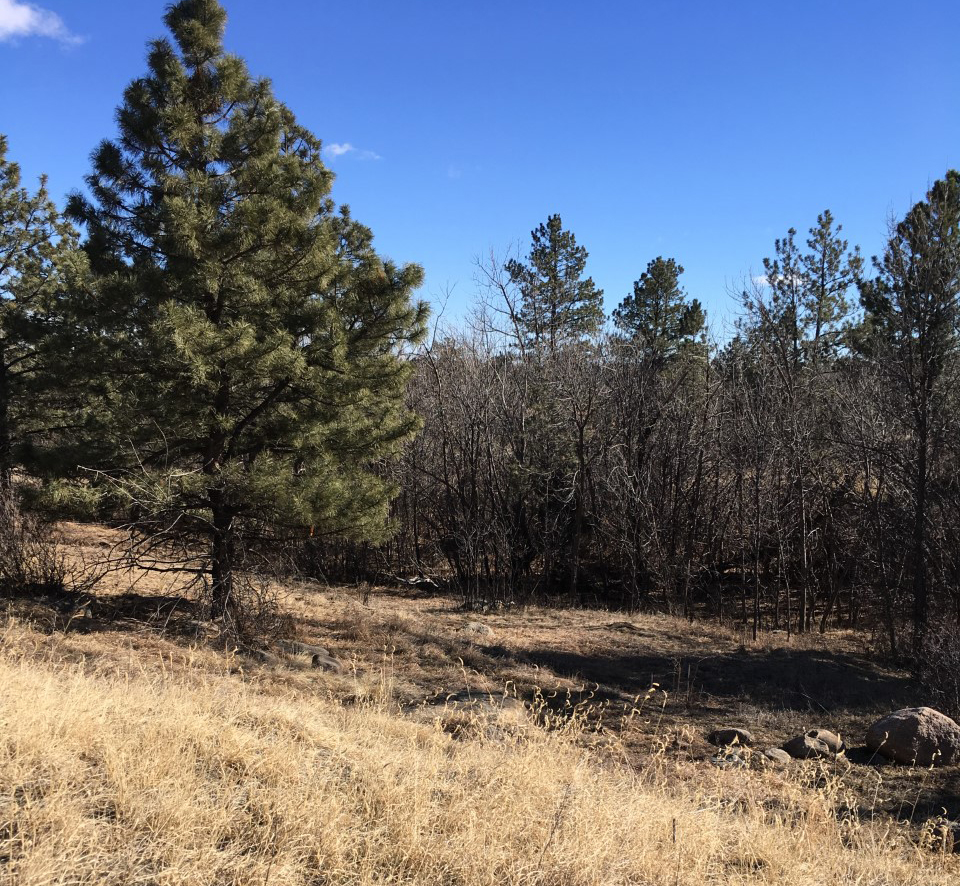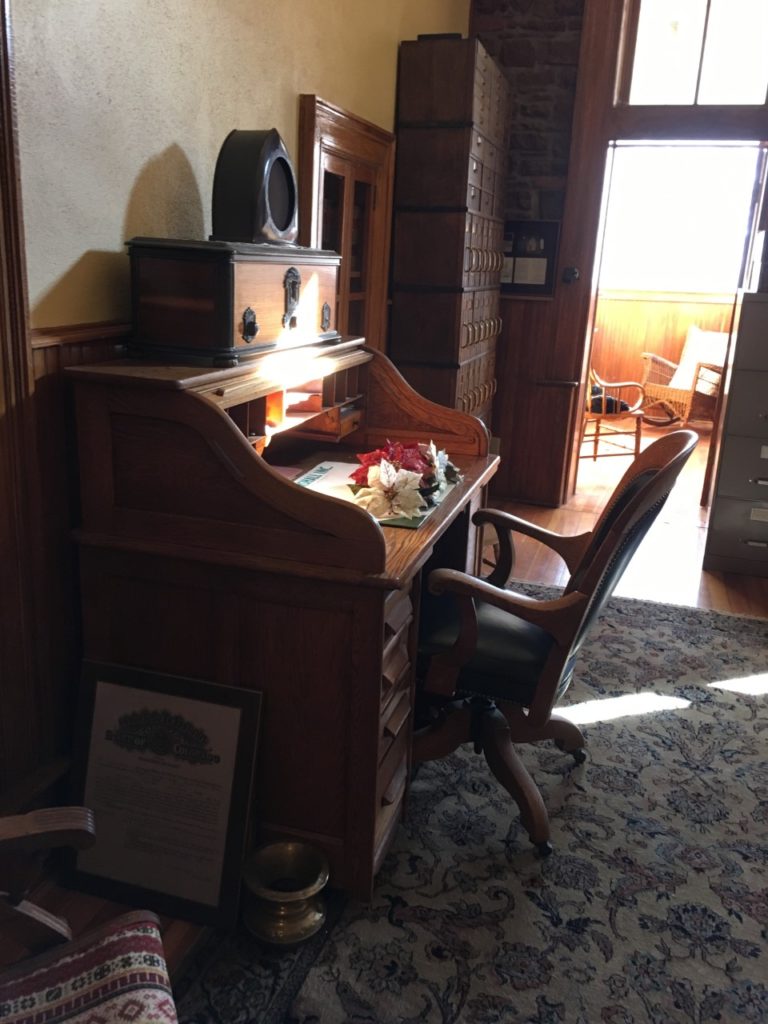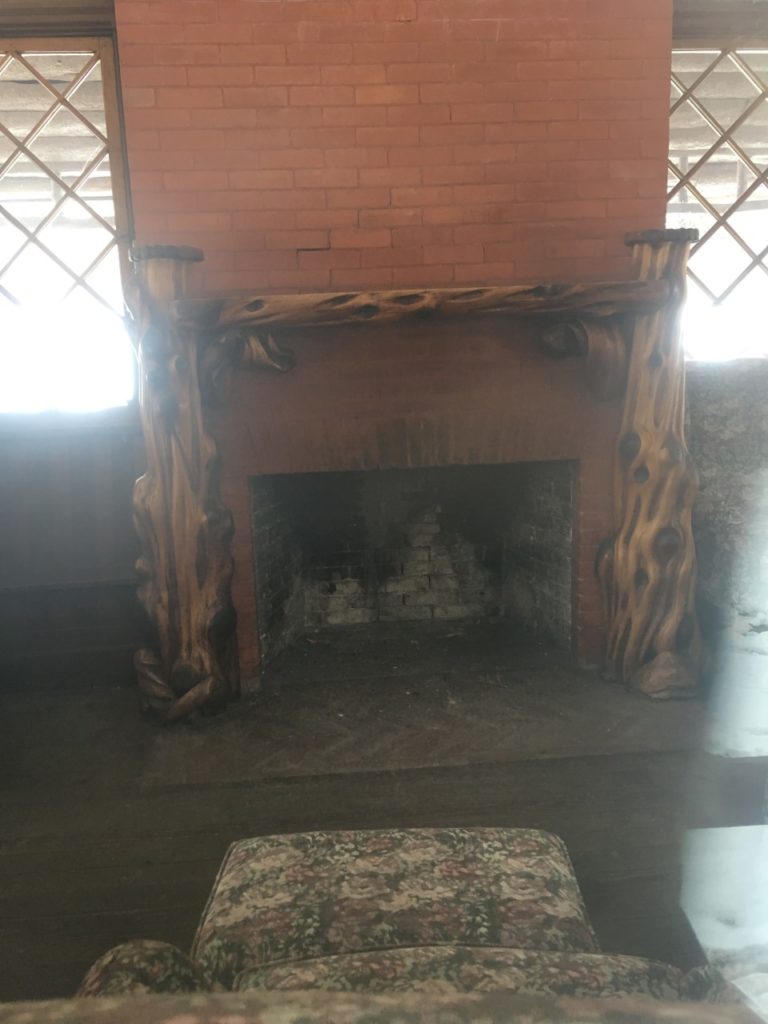The best books not only have relatable characters you can fall in love with (or hate), they also must convey a sense of place. I think about The Hunger Games, a dystopian setting that is removed from today’s time, or Harry Potter, which happens in an exaggerated British landscape (a bit of past, present, and future), or even sci-fi (which admittedly I haven’t read much of since junior high school), where the author must not only create the characters and the plot, they have to make outer space believable. I know that I have to BE there in the setting, even if there is imaginary. It’s easier to enjoy a book or movie if I’ve actually visited the place. For years, because I loved the place, I read books and watched movies about San Francisco. It didn’t matter the time frame or the genre, I loved the connection to the place.
When I wrote my first novel, Finding Cadence, I incorporated a lot of my personal life into the book, and consciously wrote it in three parts. Place, as well, occurred in three parts: first Michigan, then Colorado, and finally California. For me, place was an intrinsic part of the story. Cadie became a different person in all three places, and while I didn’t realize it when I wrote the book, her journey between the three places marked her growth as a person.
I have very little problem in settings in my books. If anything, because I used to write travel reviews, I tend to go overboard with description. I want whomever reads my work to know exactly where I was and how it affected me.
I’m working on a new novel specifically for my online class with Michelle Richmond. It’s a story about a woman who moves to 1898 Colorado Springs from northwestern Ohio after her brother dies. (Good thing I live here now! And I’m well aware of northwestern Ohio.) She and her mother don’t know it, but he had taken his gold mining money and invested it into real estate in Colorado Springs. It’s not a lot – not like a mining or railroad millionaire might achieve back in the day, but it’s enough for him to buy a large tract of land where he has just completed an enormous mansion in the middle of nowhere. I’m not going to give away what is going to happen, mainly because I’ll probably change my mind regarding the plot, plus I’d like to generate interest for book sales! (Duh.)
So for the last week, besides dutifully finishing my online homework and writing the first chapter, I’ve taken long walks in some of the open space around here. It’s amazing to me that within a few miles of my house (walking distance), I can go to where the land is largely unchanged from the last 120 years. I can stand in a field or canyon and imagine myself back then.

I’ve also visited a couple of local landmarks, places I’d never seen and I grew up here. Miramonte Castle in Manitou Springs was built in 1894. Built by a French priest/architect, it’s a mishmash of nine architectural styles and is a bit much.


I also toured Glen Eyrie, General Palmer’s castle north of Garden of the Gods. (General Palmer founded Colorado Springs.) Built in the 1890s, it’s a beautiful English style mansion constructed on stunning grounds surrounded by rock formations.

In my research, I realized that Colorado Springs wasn’t all backward and pioneer in the late 1800s. The time might have been before the widespread use cars and the telephones, but Glen Eyrie had indoor plumbing and a call system and central vacuums among other conveniences. I’m glad I toured these two places because otherwise my story might have contained some glaring errors.
It’s also good to get a feel for the homes of the era, the clothing and artifacts help with the description of setting.
I can’t write a story without becoming the character, seeing where she has gone and experiencing her struggles. Good books go beyond the story alone; they make you think about them long after you’ve reached the words “The End.”
It takes a little extra time and a lot of extra effort, but the payoff is deep.
More later…







